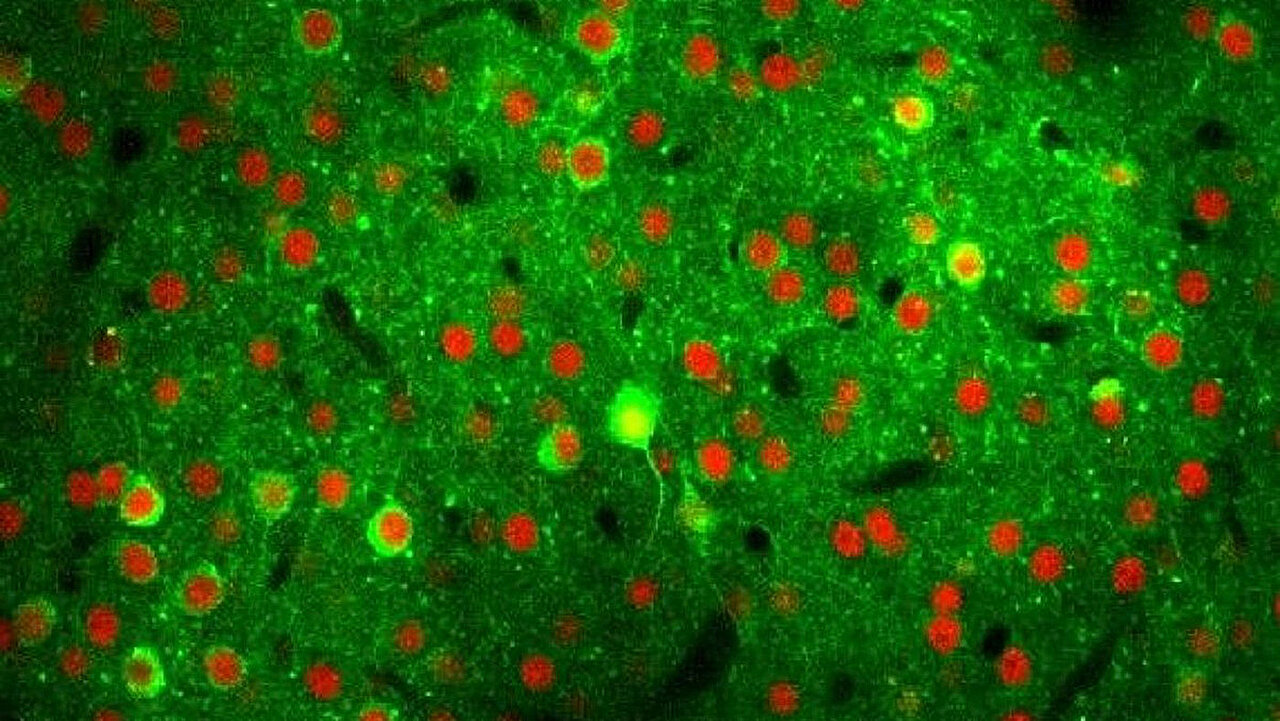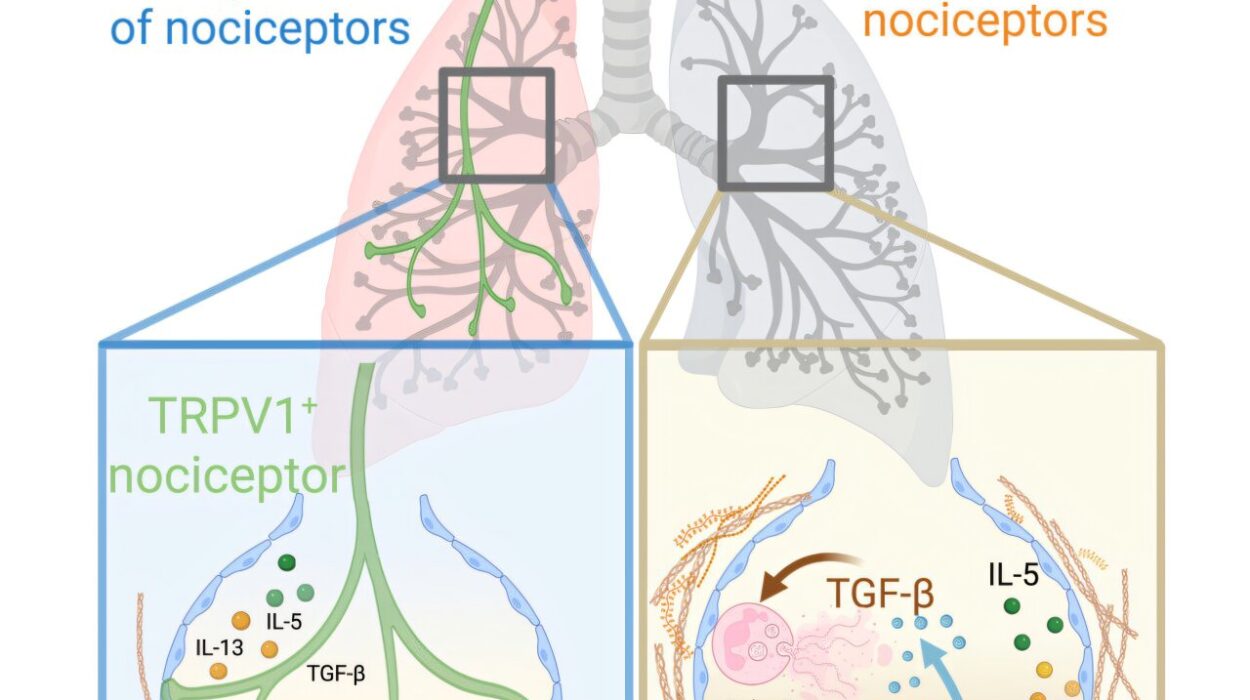In the quiet chambers of the brain, billions of neurons fire in coordinated harmony, enabling us to think, move, feel, and hear. But what happens when some of those neurons fall silent forever?
For decades, neuroscientists puzzled over the brain’s seemingly magical ability to maintain its function even as it loses neurons to aging, disease, or damage. Now, groundbreaking research from the University Medical Center Mainz, the Frankfurt Institute for Advanced Studies (FIAS), and Hebrew University in Jerusalem has offered a compelling glimpse into this neural mystery.
The study, published in Nature Neuroscience, uncovers how networks in the cerebral cortex can rapidly adapt to neuron loss. Within just days, neighboring nerve cells pick up the slack, restoring critical brain functions that were previously thought to be vulnerable to permanent disruption. This surprising capacity for reorganization—something akin to a symphony continuing in tune even after a few instruments are lost—could have profound implications for how we understand aging and neurodegenerative diseases like Alzheimer’s and Parkinson’s.
A Fragile Web, Yet Astonishingly Strong
Neurons, the brain’s microscopic messengers, form an intricate network that underpins every thought, sensation, and movement we experience. While most of the body’s organs can regenerate cells, the brain operates differently. Particularly in the cerebral cortex—the outermost layer responsible for higher-order thinking and perception—the birth of new neurons is extremely rare in adulthood.
So how, then, does the brain maintain function when these precious nerve cells disappear?
“Clinical studies have long shown that cortical function can be remarkably resilient, even in the face of progressive neuron loss,” said Dr. Simon Rumpel, head of the Systems Neurophysiology research group at the University Medical Center Mainz. “But the mechanisms behind this resilience remained a mystery—until now.”
To explore this enigma, the team zeroed in on a specific region of the brain: the auditory cortex. This is the part of the brain responsible for deciphering the world of sound—from the rustle of leaves to the melody of a song.
A Silent Experiment With Sound
Using a sophisticated animal model, the researchers delicately and deliberately induced the loss of select neurons in the auditory cortex. The idea was to create a controlled “injury” and then observe how the surrounding neural network responded over time.
At first, the response was unsettling. The intricate activity patterns that normally light up the auditory cortex in response to sound—think of them as the brain’s fingerprints for different noises—became unstable. The network seemed to falter, unable to process auditory information in the same way.
But then something remarkable happened.
“After just a few days, the system recalibrated,” said Ph.D. student Bastian Eppler, who worked on the study. “New activity patterns emerged that closely resembled the original ones—even though the neurons that once produced them were gone.”
In essence, neighboring nerve cells that hadn’t previously participated in sound processing stepped up. They adapted to the new task, effectively taking over the roles of their fallen peers.
This rapid and flexible rewiring suggests that the brain possesses a hidden capacity for resilience, one that operates without the need for new neurons to be born.
The Brain’s Emergency Backup Plan
Dr. Matthias Kaschube, a senior fellow at FIAS who helped lead the data analysis, emphasized just how delicate and yet adaptable these cortical networks are. “There’s a fine balance,” he said. “When certain neurons disappear, the system wobbles, but then it finds a new equilibrium—one that allows perception to continue almost seamlessly.”
This discovery challenges long-held assumptions that once a neuron is lost in the adult cortex, its function is lost with it. Instead, it appears the brain can reassign roles within its existing circuitry, much like a company reshuffling staff to keep business running smoothly after a few employees leave.
And this might not be an isolated phenomenon. The researchers believe the same reorganization may be happening quietly throughout the aging brain or in early stages of neurodegenerative disease.
“We think this is a general mechanism,” said Rumpel. “Understanding it could eventually help us design therapies that boost or mimic this adaptive rewiring in people with Alzheimer’s, Parkinson’s, or after strokes.”
Hope for the Aging Mind
As we age, neuron loss is an inevitable part of life. It’s one of the reasons our memory may falter or reaction times slow. In conditions like Alzheimer’s, the process accelerates dramatically, leading to devastating cognitive decline. Until now, much of the focus in neuroscience has been on preventing neuron death or replacing lost cells through stem cell research.
But what if the key isn’t to stop the loss—but to help the brain recover from it?
By uncovering how neural networks can naturally reorganize themselves, this research opens the door to a whole new therapeutic frontier. Scientists might one day be able to enhance or guide this reorganization process—effectively training the brain to compensate better and faster for the neurons it loses.
It’s an idea that’s both scientifically exciting and deeply human.
“There’s a poetic resilience in the brain’s ability to adapt,” said Kaschube. “Even when parts of it are lost, it doesn’t give up. It finds a way.”
Listening to the Brain’s Language
One of the most fascinating aspects of the study lies in how the researchers tracked the brain’s response to sound. When we hear something—say, the chirp of a bird or a sudden clap of thunder—our auditory cortex lights up in unique, repeatable patterns. By observing how those patterns changed before and after neuron loss, the researchers could literally watch the brain rebuild its internal language for sound.
And the recovery wasn’t just theoretical. The new activity patterns that emerged after neuron loss weren’t random. They mirrored the originals closely enough to suggest that auditory perception could be largely preserved.
That means even after some of the brain’s “sound interpreters” had vanished, the music played on—thanks to backup players waiting in the wings.
A Future Fueled by Flexibility
The discovery adds to a growing body of evidence that the brain is more plastic than once thought. Plasticity—the ability to adapt, change, and reorganize—was long believed to diminish sharply in adulthood. But now, scientists are finding that even mature brains retain an impressive, if quiet, capacity to change in response to challenge.
As researchers continue to explore how this internal rewiring works, they may uncover ways to stimulate it artificially—either through targeted therapies, electrical stimulation, or behavioral interventions like learning and exercise.
For now, this study offers a powerful message: even in the face of loss, the brain has the ability to find new strength. It reshapes, it adapts, it survives.
And as science continues to decipher its complex code, we may one day learn how to help it heal—not by replacing what’s gone, but by empowering what remains.
Reference: Takahiro Noda et al, Homeostasis of a representational map in the neocortex, Nature Neuroscience (2025). DOI: 10.1038/s41593-025-01982-7






